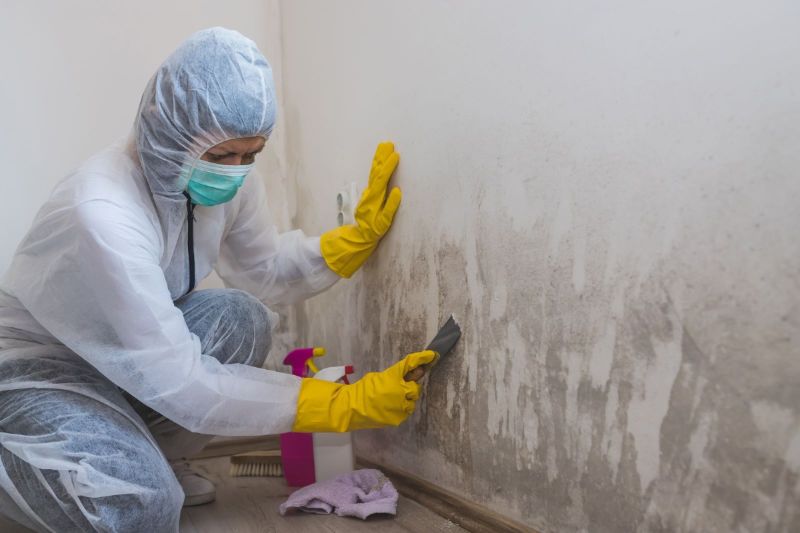Mold is a common household issue that can have detrimental effects on both your property and your health. It thrives in damp and humid environments, making your house an ideal breeding ground. Recognizing the signs and symptoms of mold damage is crucial for early detection and remediation. In this blog post, we will explore the various indicators that can help you identify mold growth in your house, enabling you to take prompt action to mitigate its effects.
Visible Signs of Mold
The most apparent sign of mold damage is the visible presence of mold growth. It often appears as black, green, or white patches on walls, ceilings, floors, or other surfaces. Mold can be fuzzy, slimy, or powdery in texture, depending on the type. Pay attention to areas prone to moisture, such as bathrooms, basements, and kitchens, as mold is more likely to develop in these areas.
Musty Odor
An unpleasant, musty odor is another indication of mold growth in your house. Mold releases volatile organic compounds (VOCs), which have a distinctive smell. If you notice a persistent, earthy odor, similar to wet leaves or a damp basement, it could be a sign of hidden mold behind walls, under carpets, or in other concealed areas. Don't ignore the odor, as it often accompanies mold colonization.
Allergic Reactions
Mold spores can trigger allergic reactions in susceptible individuals. If you or your family members experience unexplained allergic symptoms such as sneezing, coughing, watery eyes, nasal congestion, or skin irritation that worsens when you're at home, mold may be the culprit. These symptoms are especially common in individuals with existing respiratory conditions or compromised immune systems.
Respiratory Issues
In addition to allergies, mold exposure can lead to more severe respiratory issues. Prolonged inhalation of mold spores can irritate the respiratory system and cause symptoms like difficulty breathing, wheezing, chest tightness, and persistent coughing. If you or anyone in your household experiences such respiratory problems, it's essential to investigate the possibility of mold growth.
Water Leaks and Moisture Issues
Water leaks, condensation, and excessive moisture provide the ideal conditions for mold growth. Therefore, any signs of water intrusion or moisture problems in your house should not be ignored. Stains on walls or ceilings, peeling paint, warped wood, or bubbling wallpaper can indicate an underlying moisture issue. Mold often accompanies these problems, so addressing the source of moisture promptly can help prevent mold growth.
Deterioration of Building Materials
Mold has a destructive nature and can gradually damage building materials within your house. If you notice structural issues like rotting wood, crumbling drywall, or disintegrating insulation, it could be a result of mold growth. The presence of mold weakens these materials, compromising the integrity of your home's structure. Regular inspections and maintenance can help identify such deterioration and prevent further damage.
Unexplained Health Issues
Mold exposure can have a significant impact on your health. Beyond respiratory symptoms, it may also lead to other unexplained health issues such as headaches, fatigue, brain fog, dizziness, and even flu-like symptoms. If you or your family members experience persistent health problems that improve when away from home, mold contamination could be a contributing factor.
Recognizing the signs and symptoms of mold damage is crucial for maintaining a healthy living environment. From visible growth and musty odors to allergic reactions, respiratory problems, and deterioration of building materials, these indicators can help you identify mold growth in your house. If you suspect mold, it's essential to take prompt action to address the issue, including contacting professionals for inspection and remediation. By doing so, you can protect both your property and the well-being of your loved ones from the harmful effects of mold

